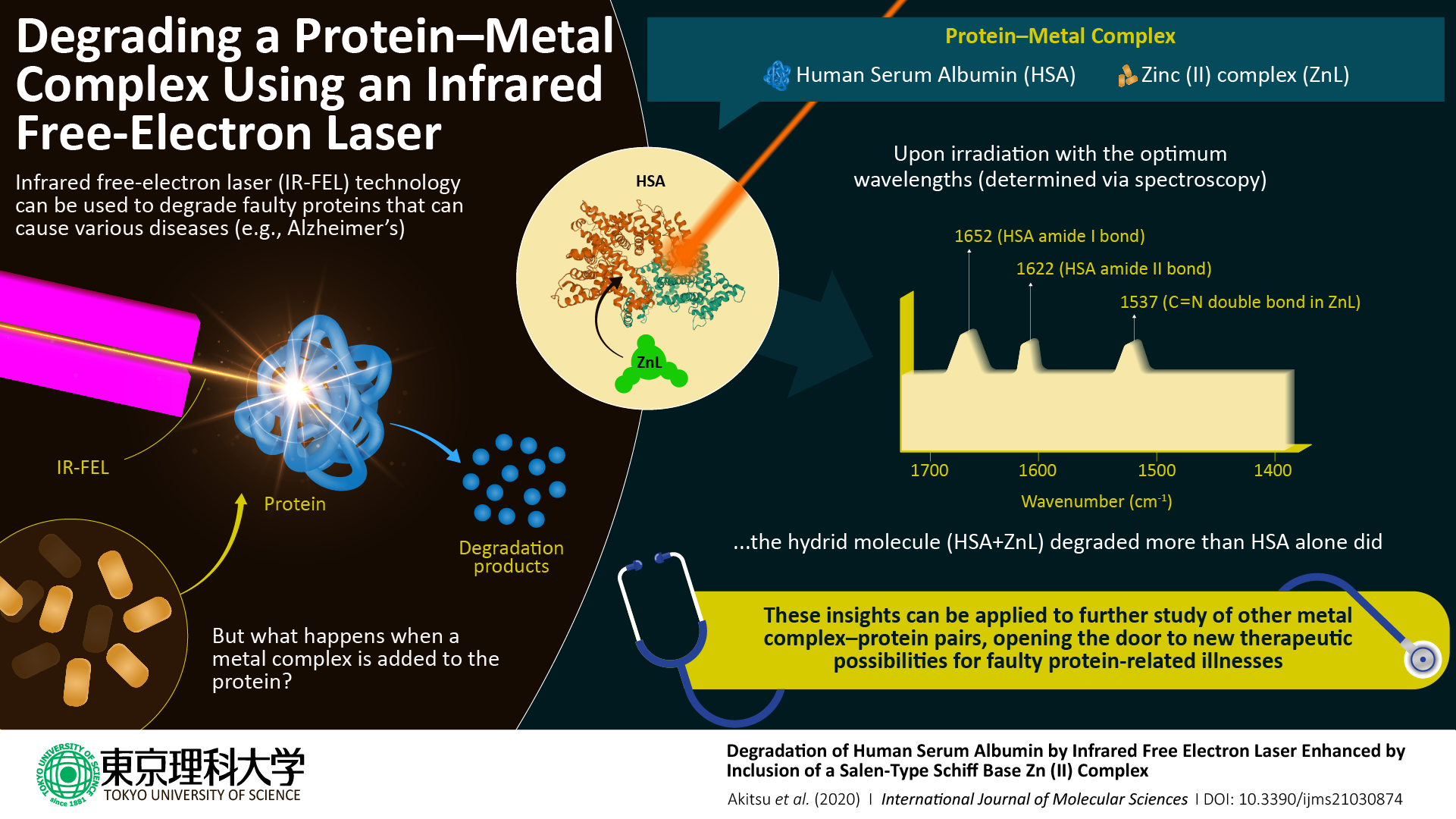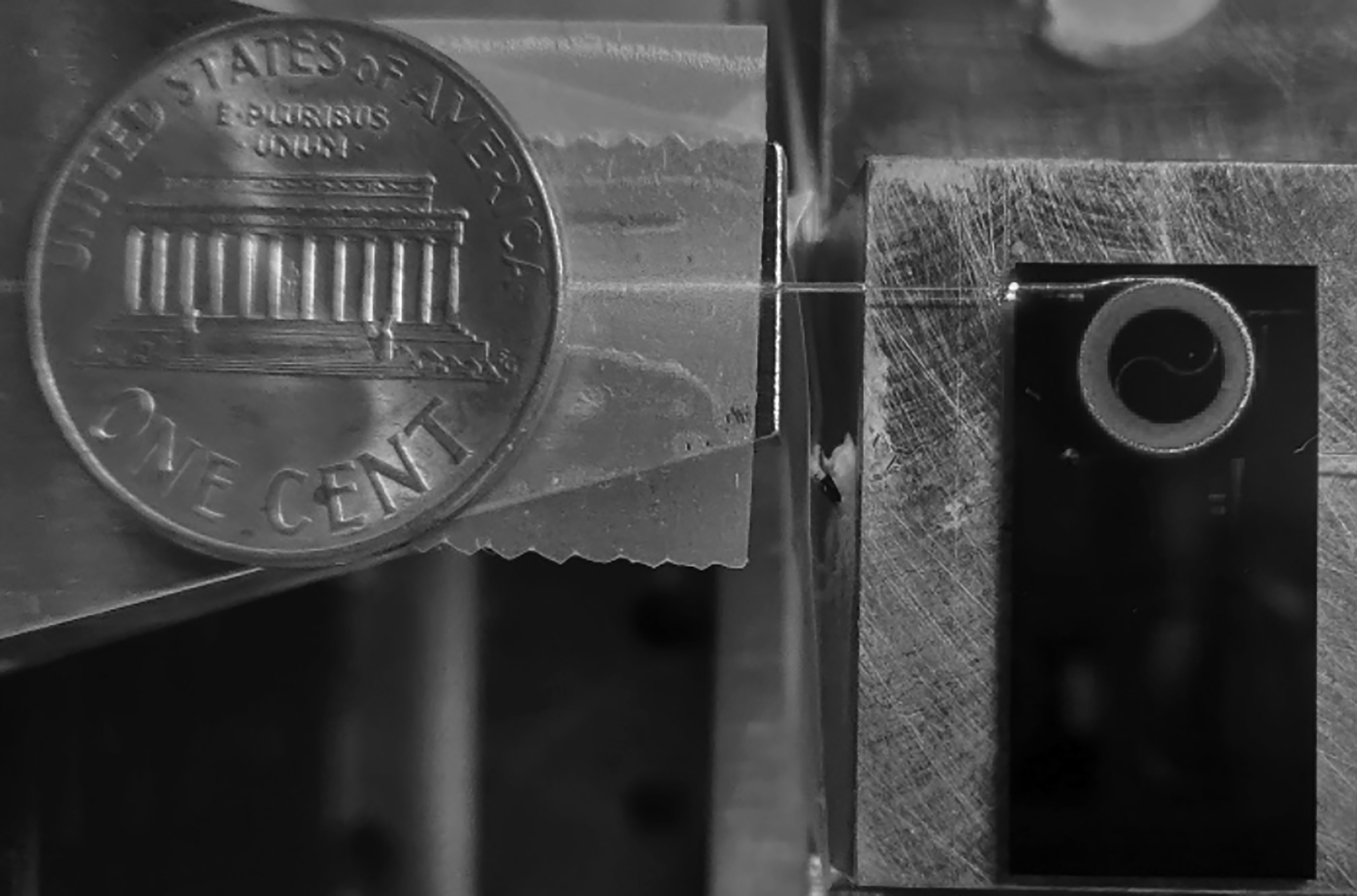From smart textiles to self-driving cars: Empa researchers are developing new types of detectors for infrared radiation that are more sustainable, flexible and cost-effective than conventional technologies. The key to success is not (only) the composition of the material, but also its size.
Tag: Infrared
Woods Hole Oceanographic Institution collaborates with Matson Navigation Company to increase protections for marine mammals
Ship-mounted camera systems provide real-time detection and increased response time, can reduce the number of whales killed by vessel strikes
The world’s strongest ionizing terahertz radiation
Terahertz waves, known as non-ionizing radiation, can turn into ionization radiation when sufficiently many terahertz photons are focused in space and time. A team led by scientists in Korea and the USA has created the world’s most intense terahertz pulses that can instantaneously ionize atoms and molecules and convert them into plasma.
Copper-doped tungstic acid nanocrystals transform infrared light conversion
Systematic copper doping boosts all-solar utilization in tungstic acid nanocrystals.
Entangled photons to take pictures in the dark
During photosynthesis, a chemical reaction jumpstarted by sunlight breaks down chemicals into the food plants need to repair themselves and to grow. But as researchers attempt to better understand photosynthesis, they have hit a roadblock when it comes to being able to see the fundamental structures and processes in a plant.
Penn Medicine Study Reveals Imaging Approach with Potential to Detect Lung Cancer Earlier, at the Cellular Level
Researchers at the Abramson Cancer Center at the University of Pennsylvania have found a way to identify lung cancer at the cellular level in real time during a biopsy, offering promise in the ability to detect the disease earlier and with more confidence. The research is published this week in Nature Communications.
Henriksen lands CAREER grant to chase electron effects
Erik Henriksen, assistant professor of physics in Arts & Sciences at Washington University in St. Louis, has been awarded a prestigious Faculty Early Career Development (CAREER) Award by the National Science Foundation. His grant, expected to total $850,000 over the next five years, is for research that explores many-particle interactions in graphene and other single-atom-thick materials.

New Therapeutic Possibilities on the Horizon—Targeted Protein Destruction Made Better
Scientists open doors to new treatment possibilities by using a metal complex to accelerate serum albumin protein destruction with infrared laser beams

Moving Precision Communication, Metrology, Quantum Applications from Lab to Chip
Photonic integration has focused on communications applications traditionally fabricated on silicon chips, because these are less expensive and more easily manufactured, and researchers are exploring promising new waveguide platforms that provide these same benefits for applications that operate in the ultraviolet to the infrared spectrum. These platforms enable a broader range of applications, such as spectroscopy for chemical sensing, precision metrology and computation. A paper in APL Photonics provides a perspective of the field.
From infrared views to exoplanets: Spitzer leaves lasting legacy
NASA’s Spitzer Space Telescope has studied the universe in infrared light since its launch in 2003, and at the end of this month its mission will come to an end — leading NASA and astronomers worldwide to reflect on the…